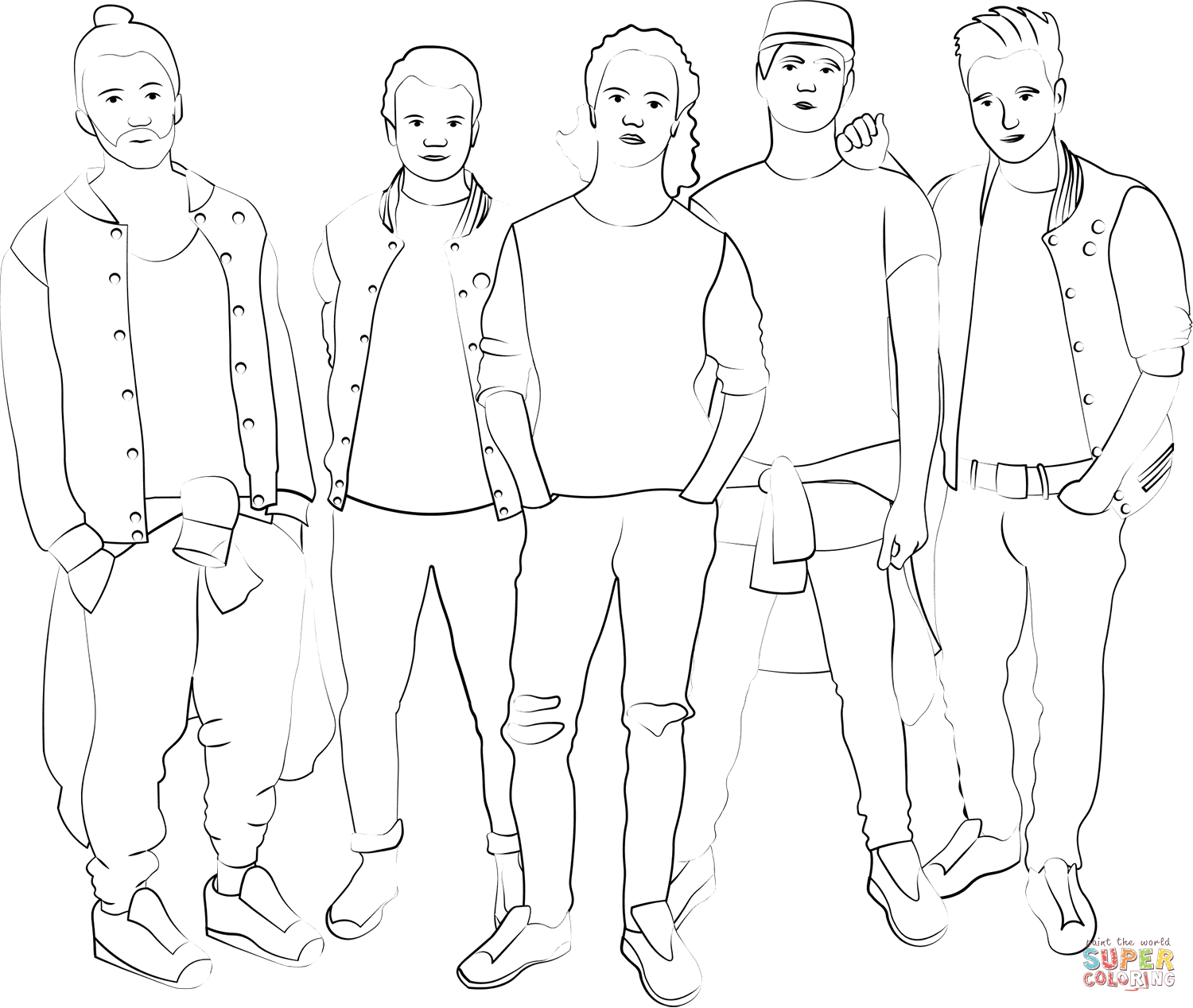Mastering the Art of Subtext: A Deep Dive into Cinematic Storytelling

Mastering the Art of Subtext: A Deep Dive into Cinematic Storytelling
Subtext. The unspoken, the implied, the simmering current beneath the surface of a film. It’s the secret ingredient that elevates a good movie to a great one, transforming passive viewing into active participation. Mastering subtext is not about what’s explicitly shown, but what’s cleverly concealed, leaving the audience to piece together the puzzle, enriching their understanding and emotional connection to the narrative. This isn’t just about clever dialogue; it’s a holistic approach encompassing every facet of filmmaking.
The Language of Unspoken Truths:
Subtext in cinema operates on multiple levels. It’s a silent conversation between the filmmaker and the audience, a nuanced dance between what is said and what is truly meant. This unspoken language is built upon several key pillars:
-
Dialogue: The carefully chosen words, the silences between them, the hesitations, the clipped responses – all contribute to the unspoken meaning. A simple “I’m fine” can, depending on tone and context, convey anything from genuine contentment to simmering resentment.
-
Visual Storytelling: A lingering glance, a subtly shifted weight, a clenched fist – the camera becomes a voyeur, capturing the unspoken emotions etched onto the faces and bodies of the characters. Mise-en-scène, the arrangement of elements within the frame, subtly guides the audience towards the hidden meanings.
-
Sound Design: A discordant note in the score, the absence of sound where one might expect it, the subtle creak of a door – these auditory cues can profoundly influence the subtext, adding layers of tension, unease, or even a sense of impending doom.
-
Editing: The rhythm and pacing of the film, the juxtaposition of scenes, the use of jump cuts or slow motion – all contribute to the overall subtextual message. A rapid montage can suggest frenetic energy, while a slow, deliberate sequence can highlight the weight of a particular moment.
Decoding the Clues: Examples from Masterful Films
Let’s examine some cinematic masterpieces that expertly utilize subtext:
| Film | Example of Subtext | How it Works |
|---|---|---|
| Casablanca | Rick’s initial detachment from Ilsa, his eventual sacrifice. | The unspoken love and pain are conveyed through glances, actions, and silences, far outweighing any explicit declaration of feelings. |
| The Godfather | Michael Corleone’s transformation from reluctant son to ruthless Don. | Shown through his actions, his changing demeanor, and the subtly shifting power dynamics within the family. |
| Moonlight | Chiron’s journey of self-discovery and acceptance. | Subtly conveyed through visual metaphors, evocative imagery, and understated performances, allowing the audience to interpret Chiron’s internal struggle. |
Mastering the Craft: Techniques for Filmmakers
Creating compelling subtext requires a deep understanding of human psychology and a delicate touch. Here are some techniques for filmmakers aiming to master this art:
-
Show, Don’t Tell: Avoid overtly stating emotions or motivations. Instead, reveal them through actions, reactions, and subtle visual cues.
-
Embrace Ambiguity: Leave room for interpretation. A slightly ambiguous scene can spark lively discussions and deeper engagement from the audience.
-
Utilize Contrast: Juxtapose seemingly contradictory elements to create tension and complexity. A character’s outwardly calm demeanor contrasted with their inner turmoil can be incredibly powerful.
-
Pay Attention to Detail: Every element, from costumes to set design, should contribute to the overall subtextual message.
The Power of Suggestion:
Subtext is not about obfuscation; it’s about suggestion. It’s about planting seeds of meaning in the minds of the audience, allowing them to actively participate in the creation of the narrative. The most effective subtext is subtle, almost imperceptible, yet profoundly impactful. It’s the whisper that resonates louder than a shout, the unspoken truth that lingers long after the credits roll. Mastering this art is the key to creating truly unforgettable cinematic experiences. It’s the difference between a film being watched and a film being felt.

Additional Information
Mastering the Art of Subtext: A Deep Dive into Cinematic Storytelling – An Extended Analysis
The core concept of subtext – the unspoken, implied meaning underlying the explicit dialogue and action – is crucial to effective cinematic storytelling. A successful film doesn’t merely tell a story; it suggests it, allowing the audience to actively participate in constructing meaning. This extended analysis explores the multifaceted nature of subtext in film, examining its techniques, effects, and significance.
I. Technical Aspects of Subtextual Communication:
Subtext isn’t a passive element; it’s actively crafted through various technical and artistic choices:
-
Mise-en-scène: The arrangement of visual elements within the frame profoundly contributes to subtext. Consider the use of lighting (e.g., harsh shadows suggesting internal conflict, soft lighting portraying vulnerability), color palettes (e.g., cold blues for melancholy, warm yellows for joy), and set design (e.g., a cluttered room implying chaos, a meticulously clean room suggesting control). In The Shining (Kubrick, 1980), the meticulously symmetrical Overlook Hotel, despite its idyllic facade, subtly foreshadows the sinister events to unfold, creating a powerful subtextual tension.
-
Performance: Actors’ subtle gestures, facial expressions, and vocal inflections are critical. A fleeting glance, a forced smile, or a hesitant pause can communicate volumes more than explicit dialogue. Meryl Streep’s performances are masterclasses in subtextual communication, where a slight tremor in her voice or a barely perceptible change in posture reveals layers of emotion beyond the words spoken.
-
Editing and Pacing: The rhythm and flow of editing contribute significantly to subtext. A rapid montage can suggest anxiety or excitement, while slow, deliberate cuts might underscore solemnity or impending doom. The use of jump cuts or abrupt transitions can also create disorientation and reflect the characters’ internal states, adding layers of subtextual meaning.
-
Sound Design: Music, sound effects, and silence all contribute to subtextual layers. Diegetic sound (sound originating within the film’s world) reinforces the narrative, while non-diegetic sound (like a score) shapes the audience’s emotional response and can subtly foreshadow events or hint at character motivations. The unsettling silence punctuated by sporadic sounds in films like The Blair Witch Project (Myrick & Sanchez, 1999) builds palpable tension and dread, conveying a sense of unease and isolation far beyond what explicit dialogue could achieve.
II. Psychological and Emotional Effects of Subtext:
Subtext enhances audience engagement by:
-
Encouraging Active Participation: Instead of spoon-feeding information, subtext necessitates audience interpretation, fostering a deeper connection with the narrative. This active engagement leads to a more profound and lasting impact.
-
Creating Ambiguity and Nuance: Subtext allows for multiple interpretations, reflecting the complexity of human experience. A film with heavy reliance on subtext is less didactic and more open to individual viewers’ perspectives.
-
Heightening Emotional Impact: Subtle cues resonate more deeply than overt statements. The unspoken emotions, anxieties, and desires communicated through subtext create a more powerful emotional experience for the viewer.
-
Building Suspense and Foreshadowing: Subtext allows filmmakers to subtly hint at future events or character developments, increasing suspense and audience anticipation.
III. Case Study: Moonlight (2016)
Barry Jenkins’ Moonlight masterfully utilizes subtext to explore themes of identity, sexuality, and masculinity. The film relies heavily on visual storytelling, employing subtle gestures, evocative cinematography, and nuanced performances to communicate the protagonist Chiron’s internal struggles and complex relationships. The limited dialogue allows the audience to delve into Chiron’s unspoken emotions and experiences, creating a profound and empathetic response. The film’s success lies in its ability to convey a wealth of emotional depth through the careful crafting of subtext, minimizing exposition and maximizing emotional resonance.
IV. Conclusion:
Mastering subtext is not merely a technical skill; it’s an artistic philosophy. It’s about trusting the audience’s intelligence and capacity for interpretation, allowing them to actively participate in the storytelling process. Films that skillfully utilize subtext are often remembered for their evocative power, emotional resonance, and enduring impact, establishing themselves as classics of cinematic artistry. Future research might quantify the impact of subtext on audience engagement through methods like eye-tracking studies or analyzing audience responses to different levels of subtextual density in comparable films. This would further solidify the importance of subtext as a key element in successful cinematic storytelling.

